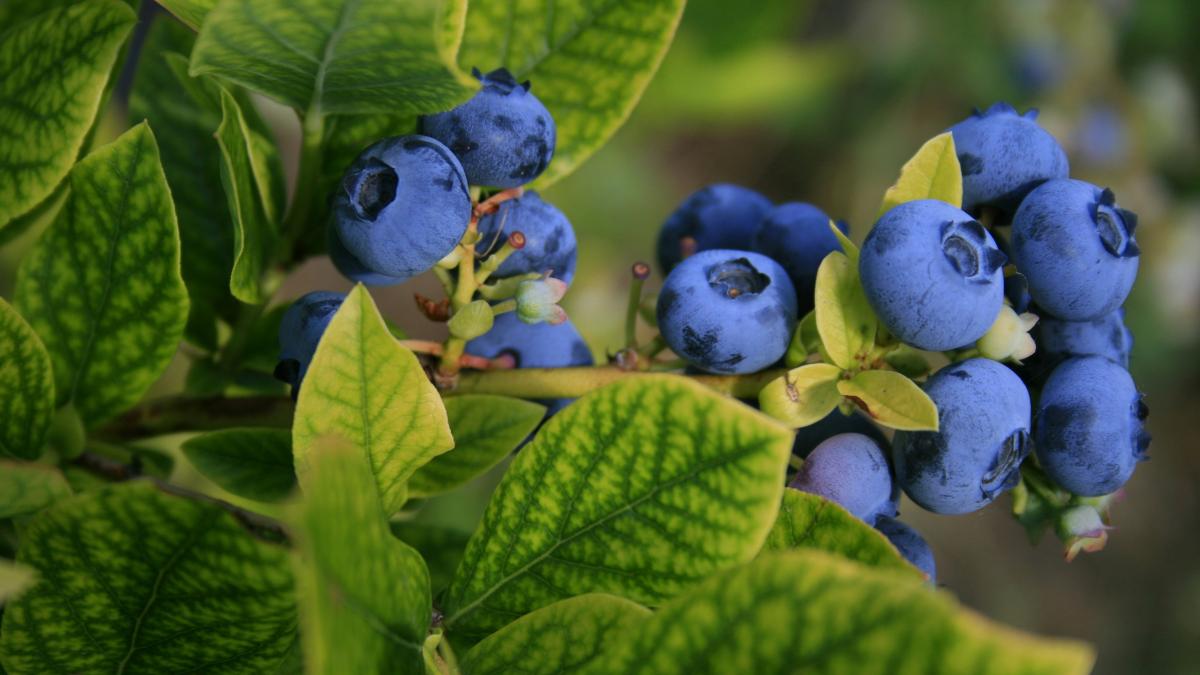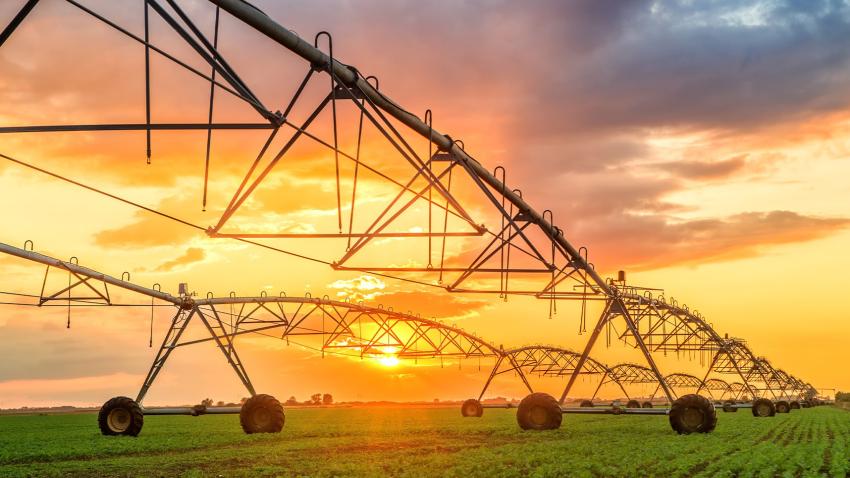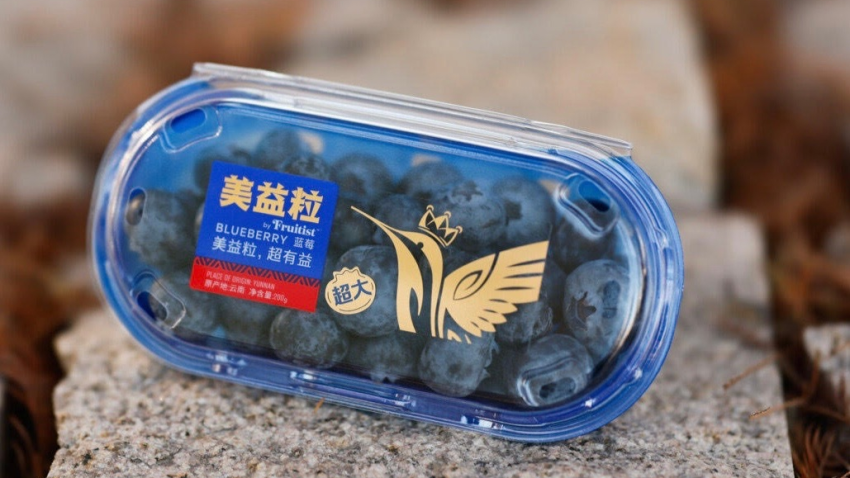You are here
Back to topPeruvian Blueberry Sector Pursues Reboot After Historic Drop in Exports

The 2023/24 Peruvian blueberry season was marked by a considerable drop in production. Commercial blueberry farming, a relatively new agribusiness in the country, had been on the rise for over a decade before being hit by El Niño and its higher temperatures last year. According to Peru’s National Meteorology and Hydrology Service (SENAMHI), the country saw its warmest winter in 63 years in 2023 with the greatest impact felt in the north, where most of Peru’s blueberry plantations are located.
With the harvest almost complete in Peru’s four main blueberry production regions, namely, La Libertad, Lambayeque, Ica and Lima, exports are estimated to have reached 198,000 metric tons, according to Sensonomic, a Norway-based firm that provides agri-tech services to Peruvian growers. This figure implies a 24% decline from the previous season, when shipments to international markets totaled 260,000 metric tons. Almost all major blueberry growers in northern Peru have reported a decrease in export volumes, including the top three companies, Camposol (−26%), Hortifrut Perú (−23%) and Agrovision Perú (−36%).
According to Peruvian market research company Fluctuante, between week 18 of 2023 and week 8 of 2024, Peru’s total shipments of fresh blueberries reached 217,000 metric tons, representing a 22% decrease from the 280,000 metric tons shipped during the same period of the previous season. However, at the same time, the export value increased by 16%, rising from $1.438 billion last season to $1.661 billion in 2023/24. This growth in export value is primarily attributable to a surge in prices, which hit an average of $7.59 per kilogram, reflecting a 46% increase from the $5.19 per kilogram seen in 2022/23.
Thus, after a decade of rapid growth in exports, Peru—the world’s top blueberry exporter—has now experienced its first major downturn in shipment volumes in history. This has spurred a more active analysis of the future development of the industry. The Peruvian Foreign Trade Association (COMEX) responded to the situation by stating that, despite the positive outlook in terms of export value, the havoc caused by the decline in blueberry production in Peru has had an impact on the global blueberry supply. The association noted that immediate action is necessary to combat water scarcity and expand cultivation areas.
On the other hand, some industry experts believe that it is critical to upgrade the industry’s varietal profile to better address the challenges resulting from climate change. Daniel Bustamante, president of the Peruvian Blueberry Growers Association (Proarándanos), stated that Peru is currently growing varieties that require few or no chill hours, and that those needing few chill hours were more affected than those needing zero chill hours during last year’s warmer winter conditions. According to Bustamante, actions need to be taken toward replacing obsolete cultivars or, as in the case of the 2023/24 season, those that do not respond well to current climate challenges.
Inka’s Berries, one of Peru’s leading developers of blueberry cultivars, observed that the focus nowadays is on the “tropicalized” genetics that provide better resilience to warmer winters and other climate changes. The launch of two of the company’s most recent varieties, Abril Blue+ and Alessia Blue+, came at a crucial time, according to Agro Peru Informa, as the new cultivars are claimed to resist global warming while also having a longer shelf life, larger size, good sweetness and higher yields. Overall, this tendency is widespread in the sector, with multiple producers now evaluating high-performance cultivars that feature improved resistance to both warmer weather and shipping.
Image: Unsplash















Add new comment